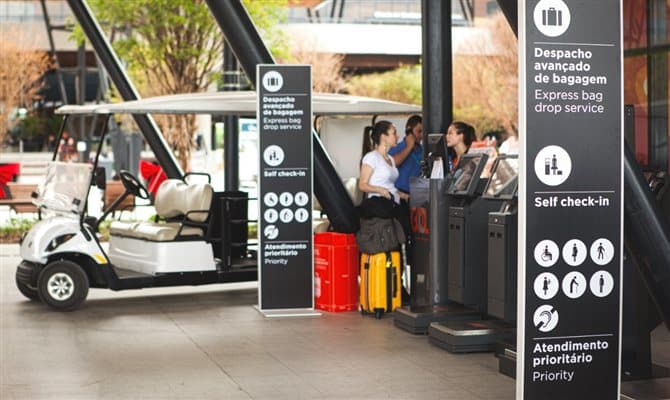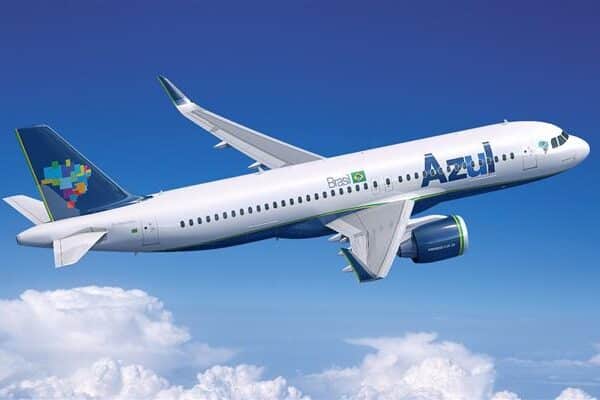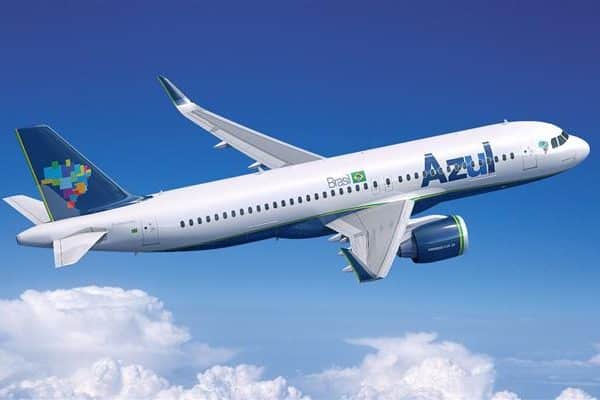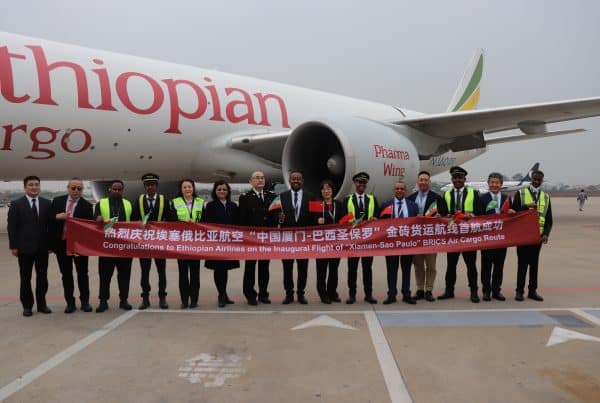Floripa Airport, a concessionaire of Florianópolis International Airport, has inaugurated an advanced baggage dispatch system. The news started to work this week. Self-service check-in totems and luggage weighing scales were placed in front of the passenger boarding and arrival curb at the entrance of Boulevard 14/32.
Passengers can complete the entire check-in and dispatch process on site. An electric cart carries the luggage to the terminal, where it is placed on the BHS conveyor belts to be directed to aircraft. At this start-up, the service is available to passengers of Gol and Azul airlines.
The electric cart is also used as a shuttle between Boulevard 14/32 and the terminal for passengers with limited mobility. Florianópolis’ new airport went into operation on October 1, with a terminal four times larger than the old one.
Boulevard 14/32 is a large entertainment, leisure and shopping square in front of the entrance to Florianópolis’ new terminal. The 11,000 square meters space has become a leisure option in Florianópolis, with indoor and outdoor areas, weekly events calendar and a wide range of dining options, as well as services such as a supermarket, barber shop, beauty salon and pharmacy. (see map below for all Boulevard 14/32 properties). Access to Boulevard 14/32 is free and open to the public, regardless of whether the visitor is an airport passenger. Boulevard 14/32 is the first major airport event square in Brazil, and the name refers to the headwaters of the main airport runway 14 and 32.
Floripa Airport
When it took over the management of Florianópolis International Airport, Floripa Airport made a number of improvements to the old terminal, which ran from January 2018 through September 30, 2019.
Investments in the old terminal amounted to R $ 4.8 million to operate between January 3, 2018 and September 30, 2019, when a new airport complex was inaugurated. They were infrastructure works, layout and design to make the service to passengers and users as efficient as possible. The old structure was opened in the 1970s, with a capacity of about 2 million users per year. In 2018, it received 3.8 million passengers annually.
Since the second half of 2017, even before officially assuming the operation, the company began to make repairs and extensions. These were short and medium term interventions in the structure, with the correction of building vices, such as paintings and electrical installations.




